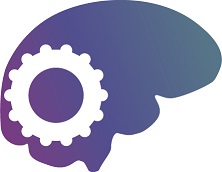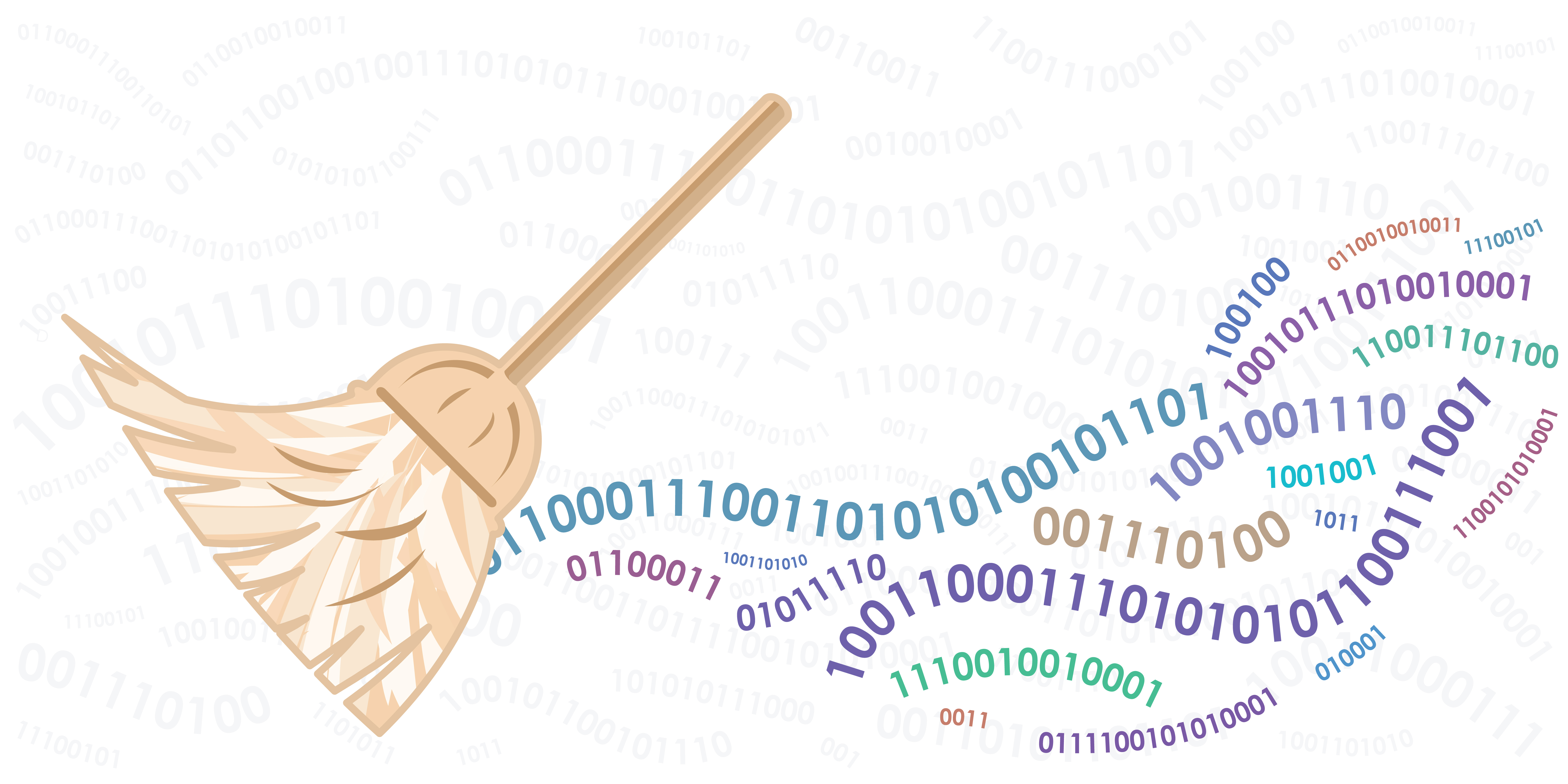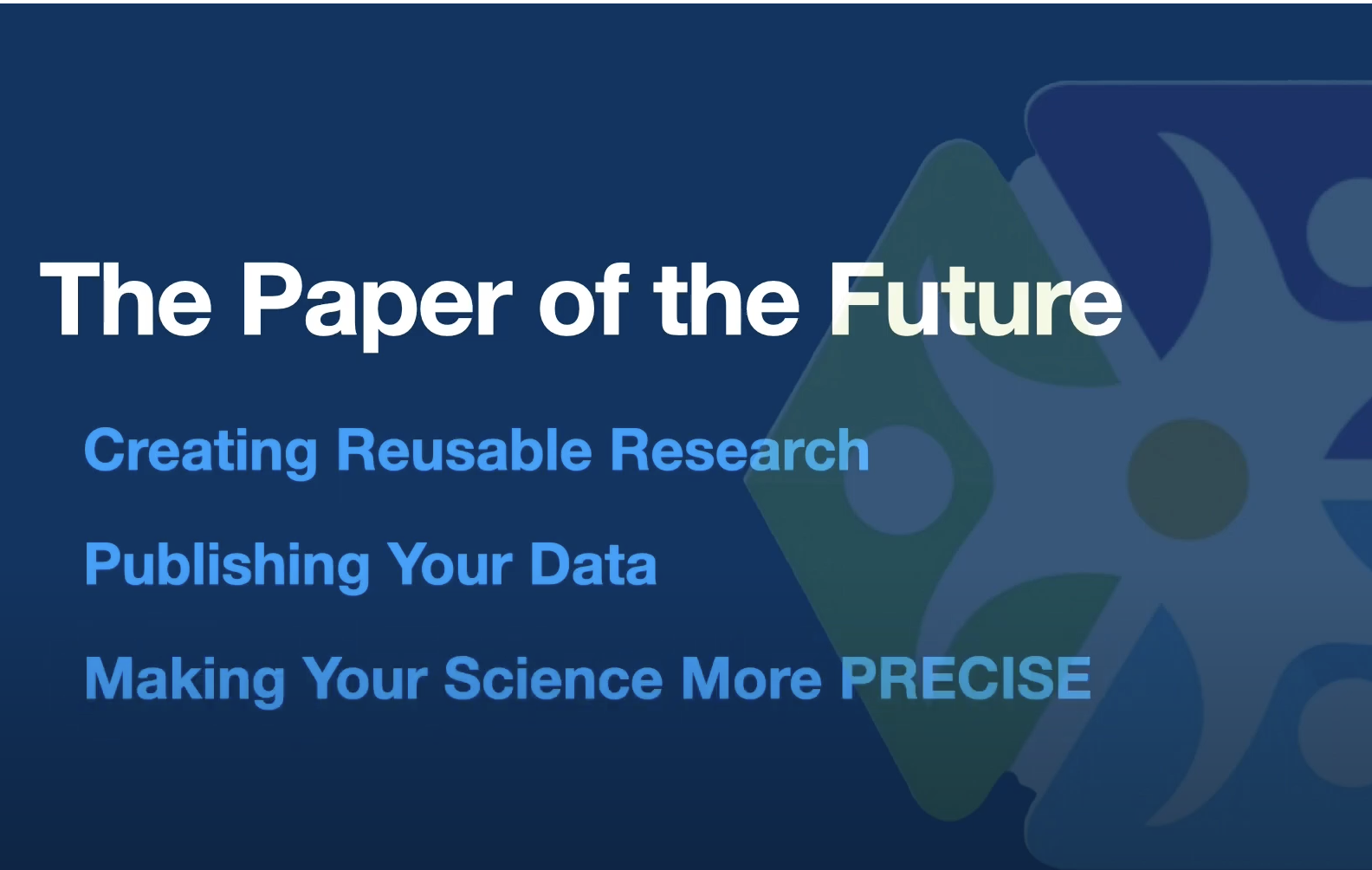Quantifying acute changes in neurometabolism following blast-induced traumatic brain injury in male Sprague Dawley rats
DOI:10.34945/F5BP43
DATASET CITATION
Norris C., Murphy S. F., VandeVord P. J., Weatherbee J. (2024) Quantifying acute changes in neurometabolism following blast-induced traumatic brain injury in male Sprague Dawley rats. Open Data Commons for Traumatic Brain Injury. ODC-TBI:1014 http://doi.org/10.34945/F5BP43
ABSTRACT
STUDY PURPOSE: The purpose of this study was to optimize and validate methods measuring brain metabolite concentrations in naïve male Sprague Dawley rats and then utilize these methods to detect changes in regional metabolite concentrations at 4 hours following blast exposure.
DATA COLLECTED: Data was collected using high performance liquid chromatography (HPLC) with electrochemical detection. Methods were optimized to quantify alanine, arginine, aspartate, serine, taurine, threonine, tyrosine, glycine, glutamate, glutamine, and gamma-Aminobutyric acid (GABA) in the serum, cerebrospinal fluid, hippocampus, cortex, and cerebellum of 10 week old naïve male Sprague Dawley rats (n = 6). A subsequent preliminary study was performed investigating acute changes in free amino acid concentrations following blast-induced traumatic brain injury (bTBI). Rats were exposed to a single head-on blast wave averaging 126 kPa using an Advanced Blast Simulator. HPLC analytic methods were employed to statistically compare changes in sham (n = 4) and blast (n = 4) concentrations of these metabolites at 4 hours post-injury in the hippocampus and cortex regions.
CONCLUSIONS: Molecular precursors (alanine, arginine, serine, glutamine) decreased in concentration on average by about 10-15% at 4 hours following blast exposure in both the cortex and hippocampus while neurotransmitter concentrations (glycine, taurine, aspartate, glutamate, GABA) remained unchanged relative to the sham group.
KEYWORDS
Blast; Neurotransmitters; Molecular precursors; Neurometabolic; HPLC
PROVENANCE / ORIGINATING PUBLICATIONS
Norris C, Weatherbee J, Murphy SF, VandeVord PJ. Quantifying acute changes in neurometabolism following blast-induced traumatic brain injury. Neurosci Res. 2023 Jun 21:S0168-0102(23)00130-X. doi: 10.1016/j.neures.2023.06.008.. doi:10.1016/j.neures.2023.06.008.
RELEVANT LINKS
-
Blast Injury Protocol
https://dx.doi.org/10.17504/protocols.io.dm6gpjk9jgzp/v1
NOTES
|
|
DATASET INFO
Contact: VandeVord Pamela (pvord@vt.edu)
Lab: PRECISE-TBI Lab: VandeVord TNT Lab_Salem VA
ODC-TBI Accession:1014
Records in Dataset: 14
Fields per Record: 111
Last updated: 2024-04-15
Date published: 2024-04-15
Downloads: 2
Files: 2
LICENSE
Creative Commons Attribution License (CC-BY 4.0)
FUNDING AND ACKNOWLEDGEMENTS
Virginia Tech Institute for Critical Technology and Applied Science , Virginia Space Grant Consortium
CONTRIBUTORS
- Norris, Carly
- Virginia Tech
- Murphy, Susan F.
- Virginia Tech
- VandeVord, Pamela J.
- Virginia Tech
- Weatherbee, Justin
- Virginia Tech
|




